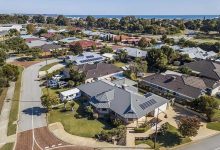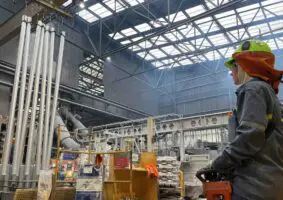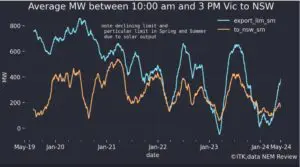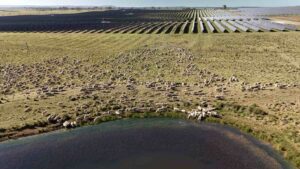Positive climate change stance a factor in recent election wins
Dan Andrews didn’t mention his state’s legislated 45 per cent (soon to be 50 per cent) renewable energy target in his victory speech on Saturday night. It may even be that as the Green threat recedes he emphasizes it less.
Still, the data shows very clearly that the winning party in every recent election, save perhaps Tasmania which is all hydro anyway, has had a positive stance towards renewable energy and climate change action.
I particularly want to emphasise the Liberal government’s attitude in South Australia. They are the only incumbent Liberal Government to really stand strongly on this issue, and they are being rewarded for it.
I do not say climate change or renewable energy was the No 1 factor in any of these successful campaigns, but it was a factor.
 Figure 1: Election results . source: media
Figure 1: Election results . source: media
This won’t change federal Coalition policy at all. It is a matter of identity politics for their right wing. They are proud to be martyrs and to martyr their colleagues for the cause. For them it’s not about facts or science or economics, it’s about faith, togetherness, the brotherhood.
Keeping an eye on rooftop penetration
There’s fantastic optimism about the future of behind-the-meter solar and batteries. Growth doesn’t generally go in a straight line, and it may be worth observing that penetration rates are significantly higher, in some states, when we use detached dwellings as the base rather than new dwellings.
NSW is the state where there is the most opportunity. It should be possible to move from 20 per cent to 40 per cent in NSW , say another 440,000 installations or 2GW. However, there must be a reason why progress in NSW is slow – and it’s not just feed-in tariffs.
The market action
Cool weather lead to strong declines in consumption and the week was probably a record low in recent years. This is a blessing because spot prices, although lower than last week and the previous year, were still high. We think this reflects reduced availability at some coal generators as much as anything.
REC prices fell a touch in the near years, although trade is very thin. Spot gas prices continued to be ridiculously strong.

A very sharp fall in the oil price is the main feature of recent commodity news. Many expect this to be short-lived, but it may flow through to some domestic gas relief. Interest rates and the dollar are, in all honesty, little changed on PCP.
Coal prices have fallen and that’s good news for electricity prices, if you like them lower, but it may just be related to China’s ban on imported coal during the high Winter season.
Share prices

 Figure 5 Selected utility share prices
Figure 5 Selected utility share prices
In recent weeks, Windlab has suffered a setback with the equity partner in its Lakeland wind farm pulling out. This also impacts unlisted Flow Power. Origin shares are now down 25 per cent on Jan 1 prices, reflecting the lower oil price as much as anything. The fall is similar to AGL, but the reasons are different.
By contrast, APA is only down 5 per cent in the month despite the CKI bid being knocked on the head. Uncertainty around APA’s future probably continues to impact on its investment plans.
Volumes

Base-load Futures, $/MWh

Note how the near-term future contracts have risen compared to a year ago in all states. We argue this is due to partly higher than expected forced outages at coal, partly gas prices, partly reduced hydro availability and partly the slow connection process of new wind and solar to the grid.

 Figure 9 Quarterly futures Source: NEM Review
Figure 9 Quarterly futures Source: NEM Review
Gas Prices
















